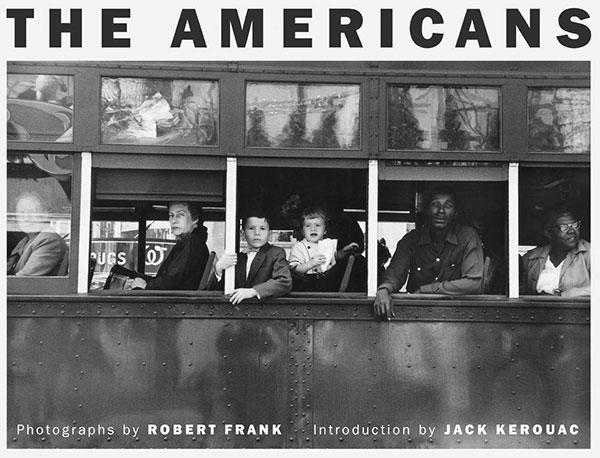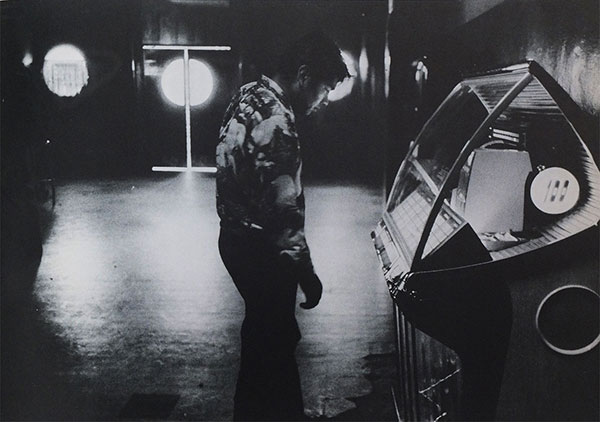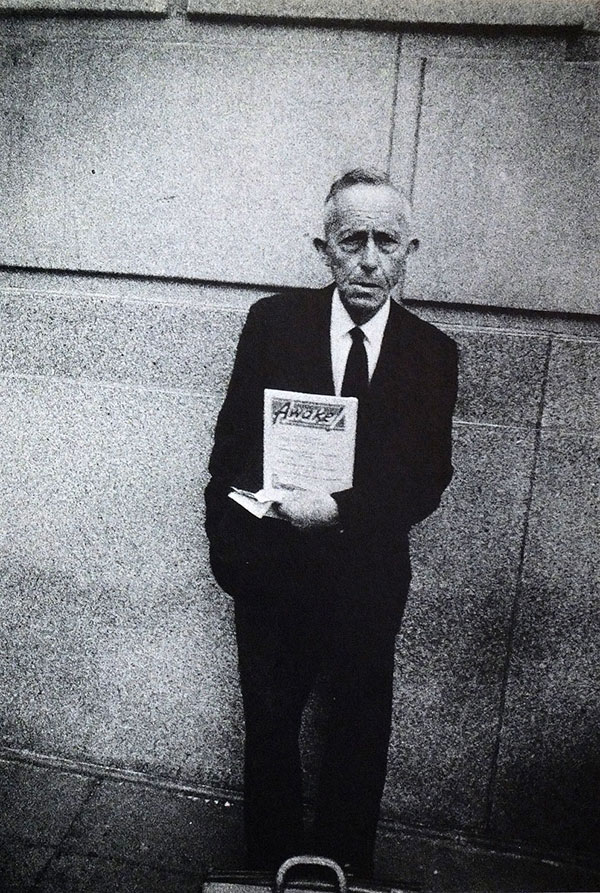5 Ways Robert Frank Made Me a Better Photographer (And How He Can Improve Your Photos Too)

On September 9, 2019, legendary photographer Robert Frank died at the age of 94. At the heart of Frank's photographic legacy was his groundbreaking book "The Americans." As one critic wrote about that seminal book: "(it) changed the nature of photography, what it could say and how it could say it. It remains perhaps the most influential photography book of the 20th century."
In the tributes to Robert Frank posted on the web following his passing, many photographers, myself included, spoke of how "The Americans" had changed their photography. These accolades got me thinking about what exactly I learned from Frank, and what others could learn from his work too. Going to my bookcase, I got out my well-worn copy of “The Americans” and while looking at Frank’s wonderful images, I tried to identify what about them had changed myself and others.
But let me start with a bit of Frank's back story. He was born in Switzerland in 1924 and immigrated to New York in 1947. Post-war America was, at the time, the most powerful and richest nation on the planet and presented a public face of prosperity and endless optimism. But behind this mask Frank discovered that there was an "other" America lurking in the shadows of abundance.
In 1955, armed with a couple of Leica cameras, several hundred rolls of film and a few bottles of French brandy, Frank set out to look for the soul of America. Driving a black Ford "Business" coupe, he travelled over 10,000 miles on highways and forgotten back roads and took over 25,000 photographs. "The Americans" is a nuanced outsider’s look at the U.S. in the 1950s.
In 1958, a Paris publisher agreed to publish Frank’s portfolio as "Les Américains" and a year later Grove Press republished it in the U.S. The American edition had an introduction by Frank’s friend, the Beat poet, Jack Kerouac but it didn’t sell well. As Frank recalled, "When it first came out, people thought that this was an anti-American story. It took ten years for that to change."
What changed in ten years was America. Frank's images of a soulless, violent and racist America wasn't what people wanted to see in the gilded world of "Mad Men." But optimism died in the turbulent Sixties, and when "The Americans" was reprinted in 1969, it was snatched up by a new generation of photographers who found that Frank’s moody images resonated with their own disenchantment.
The photos with this article are from my fifty-year-old edition of "The Americans" that was published in 1969 by Aperture Books. The pages have yellowed a bit and the images faded some, but I think they still convey the power of Frank's photography. Here are five ways that Robert Frank's indelible images have made me a better photographer. Hopefully you will find some helpful lessons from his work too.

1. Get Outside Your Comfort Zone
What struck me immediately about "The Americans" was how genuine it felt. The images were subjective and a far cry from the "objective" photojournalism I was shooting. The journey through rural America and urban slums was dangerous. Physically, Frank was a small man and he and his camera were often eyed suspiciously and occasionally confronted by the police. The tension he felt in his travels gives the images their edginess. For me they seem the visual equivalent of the music of John Coltrane: sharp and edgy. Sometimes you have to step outside your comfort zone and be uncomfortable as a photographer. Then try to put some of that tension in your pictures. You needn’t place yourself in danger, but you certainly need to engage in new situations.

2. Keep It Clean and Simple
A hallmark of Frank's work is that the images are not full of distractions. They are simple and focused in a way I hadn't seen before. Over time I adopted this approach and tried to simplify my images by eliminating things that had nothing to do with the subject or what was going on. Look at the photos from "The Americans" I’ve posted here, and you can see how Frank trimmed his images to the bare bones. Lesson#2: simplify images by eliminating extraneous elements.

3. Shooting Looser
When Robert Frank took his portfolio of "The Americans" around New York looking for a publisher, everywhere he went he was harshly rejected. “The Americans” was too disturbing and too unpleasant for the taste of the times. Popular Photography magazine went so far as to belittle his photographs as "meaningless blur, grain, muddy exposures, drunken horizons and general sloppiness." The powerful publisher of LIFE magazine Henry Luce disapproved of Frank’s for their lack of "rectangularity." I guess he thought that in the 1950s most photographers shot perfect pictures with lots of sharpness, gray tones and squared up verticals.
Frank's images were more spontaneous and their "imperfections" conveyed the feeling of the moment. This lesson, #3, was to let go of a lot of the so-called "rules" of photography and see if things like tilting the camera or using blur will add impact to your images. They worked for me.

4. Don't Be Afraid of the Dark
Another thing that struck me about Frank’s images is how many of them use available darkness as an element in storytelling. His handling of darkness and large areas of black or dark tones is particularly remarkable. This especially true when you consider he was shooting at a time when ISO 400 film was considered very fast. By overcoming this limitation, Frank produced moody, intense pictures. For me his "dark" pictures opened up a whole new world of image making. I began to experiment with images in darker settings and playing with underexposure. So, don’t be afraid of the dark but use it to literally add depth and mood to your photos.

5. Edit Ruthlessly
If nothing else, what I learned from Robert Frank work was the power of tight editing. My paperback edition of "The Americans" is a small book of 110 pages and some 83 images. That’s 83 from the 23,000 film frames he shot. This is my idea of ruthless editing. Today I think that digital cameras that can shot few thousand images in minutes and the easy access to the web have lulled a lot of photographers out of editing their pictures. I see lots of posts of 300 or 500 out of the camera pictures of someone's personal project or vacation trip or family gathering. Life is too short for me to scroll through hundreds of unedited images. Want to improve your photographs? Edit ruthlessly and delete bad pictures ASAP. Then post only your very best images. Editing will teach you a lot about how you shoot and what you need to improve.
In the end Robert Frank’s "The Americans," a book that was once reviled and unsalable, is today the best-selling photography book on Amazon. Frank was a photographer far ahead of his times and the times have finally caught up with him.
To learn more about Robert Frank, see my previous story on "The Americans."









































